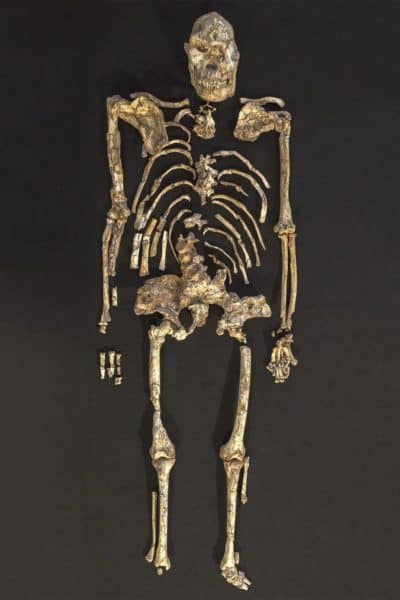A new study reveals that our current understanding of human evolution may be significantly biased due to the concentration of fossil discoveries in a small region of Africa. This research challenges long-held assumptions and calls for a broader approach to paleoanthropology.
The Rift Valley Conundrum: A Narrow Window into Our Past
The eastern branch of the East African Rift System has long been celebrated as a treasure trove of early human fossils. Home to iconic sites like Oldupai Gorge in Tanzania, this region has yielded countless discoveries that have shaped our understanding of human origins. However, a study published on August 20, 2024, in Nature Ecology & Evolution suggests that this narrow focus may be limiting our perspective.
Researchers from George Washington University have quantified the extent to which this geographical bias affects our interpretation of human evolution. The study’s lead author, W. Andrew Barr, an assistant professor of anthropology, explains the crux of the issue: “Because the evidence of early human evolution comes from a small range of sites, it’s important to acknowledge that we don’t have a complete picture of what happened across the entire continent.”
This limited perspective is more significant than previously thought. The eastern branch of the East African Rift System accounts for a mere 1% of Africa’s total surface area. Yet, it has provided the majority of our early human fossil evidence, potentially skewing our understanding of our ancestors’ diversity and distribution.
Quantifying the Bias: Modern Mammals as a Proxy
To measure the extent of this bias, Barr and his co-author Bernard Wood, University Professor of Human Origins at GW, employed an innovative approach. They examined the distribution of modern mammals living in the rift valley and compared primate skull variations across Africa.
Their findings were striking. Only a small fraction of medium- and large-bodied mammals are “rift specialists,” with the rift environment representing an average of just 1.6% of the total geographic range for modern mammal species. Moreover, primate skulls from the rift valley accounted for less than 50% of the total variation among primate skulls across Africa.
These results suggest that our current fossil record may be providing an incomplete and potentially misleading picture of early human diversity and distribution. As Wood points out, “We must avoid falling into the trap of coming up with what looks like a comprehensive reconstruction of the human story, when we know we don’t have all of the relevant evidence.”
The implications of this study extend beyond academic circles. Our understanding of human evolution informs not only our view of the past but also our perspective on human diversity and adaptability today. A biased fossil record could lead to misconceptions about the range of environments our ancestors inhabited and the variety of physical adaptations they developed.
Why it matters: This research highlights the need for a more comprehensive approach to paleoanthropology. By recognizing the limitations of our current fossil record, scientists can develop more nuanced interpretations of human evolution and potentially discover new avenues for research. For the general public, this study serves as a reminder that our understanding of human origins is continually evolving, and that critical thinking is essential when interpreting scientific findings.
The study also underscores the importance of expanding fossil searches beyond traditional hotspots. Barr, who conducts fieldwork outside these well-known areas, emphasizes the value of this challenging work: “It’s worth doing that sort of work to make our picture of mammal and human evolution from this time period more complete.”
As we continue to unravel the complex story of human evolution, this research serves as a crucial reminder of the importance of diverse data sources and critical analysis. By acknowledging and addressing the biases in our current understanding, we open the door to a richer, more accurate picture of our ancient past.


